Die casting is a metal casting process widely employed for the mass production of high-quality, durable parts. It is known for its ability to produce components with high dimensional accuracy, making it ideal for industries that require precise and consistent parts, such as automotive, aerospace, and consumer electronics. Whether you’re looking to manufacture complex shapes or achieve smooth surface finishes, die casting is an efficient solution for producing large quantities of metal parts while maintaining tight tolerances and exceptional performance.
What is Die Casting?
Die casting is a manufacturing process that allows the production of metal parts with a high degree of precision. In this casting process, molten metal is injected into a mould, where it cools and hardens to create the desired shape.
The method can be used to create various metal parts, from gears and engine blocks to door handles and electrical components.
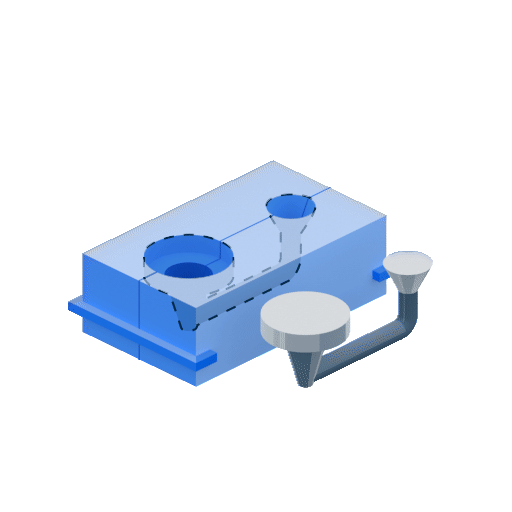
Die casting is prized for its ability to produce parts with a smooth surface finish and precise dimensions. In addition, this process is relatively fast and cost-effective, making it an attractive option for many applications.
How Does Die Casting Work?
The die casting process involves several steps, including mould design, metal preparation, injection, casting, and finishing.
Step 1 – Mould Design
The initial step in the die casting process is creating a mould called a die. This mould is usually made from steel or aluminium and is designed to withstand the high temperatures and pressures of the die casting process.
The mould design begins with developing a CAD design of the required mould. This design is then used to create a mould by CNC machining, which is further used in the casting process.
Step 2 – Metal Preparation
The next step is to prepare the metal for injection. This metal is typically an alloy, such as aluminium, magnesium, or zinc. The metal is melted in a furnace and then poured into a ladle.
Step 3 – Injection Process
Once the metal is in a liquid state, it is injected into the mould under high pressure. The molten metal fills the mould cavity and cools to create the desired shape.
Step 4 – Casting Process
After the metal has cooled and hardened, the mould is opened, and the part is ejected. Ensure that the part has cooled entirely before handling to avoid any potential injuries.
Step 5 – Finishing Process
The final step in the process is to finish the part. Surface finishing plays a vital role in die casting, as it can impact the durability and function of the part. Standard finishing processes include anodizing, powder coating, wet plating, and many more.
Types of Die Casting
Die casting encompasses several distinct processes, each designed to meet specific manufacturing needs based on factors like material type, production speed, and part complexity. The most common die casting methods are hot and cold chamber die casting, but there are additional variations such as vacuum, gravity, high-pressure, and low-pressure die casting. Below is an overview of the key types of die casting, including their suitable materials and typical applications.
| Type of Die Casting | Suitable Materials | Advantages | Disadvantages | Applications |
| Cold Chamber Die Casting | Aluminium, Magnesium, Copper Alloys | High-strength parts, suitable for high-melting point metals | Slower cycle times due to metal transfer | Automotive components (engine blocks, gear housings) |
| Hot Chamber Die Casting | Zinc, Lead Alloys | Fast production, low melting point metals | Limited to lower melting point materials, potential for corrosion | Electrical components, consumer products |
| Vacuum Die Casting | Aluminium, Magnesium, Zinc | Reduces porosity, improves mechanical properties | Higher cost, more complex process | Automotive parts requiring high strength and tight tolerances (engine parts) |
| Gravity Die Casting | Aluminium, Zinc, Copper | Better mechanical properties than sand casting, low-cost tooling | Less precision compared to high-pressure casting | Medium complexity parts (valve bodies, pipes) |
| High-Pressure Die Casting | Aluminium, Zinc, Magnesium | Excellent surface finish, fast production, highly precise | Higher tooling cost, porosity issues | Automotive, electronics, appliances |
| Low-Pressure Die Casting | Aluminium | Better structural integrity, good for large parts | Slower process, more suited to lower production volumes | Wheels, large structural components |
Cold Chamber Die Casting
Cold chamber die casting is a process in which molten metal is manually ladled into an unheated injection chamber, then injected into the die at high pressure using a hydraulic piston. The cold chamber process is typically used for metals with higher melting points, such as aluminium, magnesium, and copper alloys, as these metals could damage the machinery used in hot chamber die casting.

Hot Chamber Die Casting
In hot chamber die casting, the machine contains a built-in furnace that melts the metal, which is then injected directly from the furnace into the mould. A gooseneck mechanism submerged in the molten metal fills with the material and then injects it into the die under pressure. The hot chamber process is ideal for metals with lower melting points, such as zinc, tin, and lead alloys, because the molten metal is continuously supplied to the machine.
Vacuum Die Casting
Vacuum die casting is a variation of the high-pressure die casting process where the air is evacuated from the die cavity before the molten metal is injected. The vacuum reduces or eliminates trapped gases in the final casting, which leads to improved part density and mechanical properties. The vacuum process also helps reduce porosity, making it an ideal choice for parts subjected to high stress or pressure.
Gravity Die Casting
Gravity die casting, also known as permanent mould casting, involves pouring molten metal into a metal mould (or die) using only the force of gravity. The metal flows into the mould and fills the cavity before cooling and solidifying. No external pressure is applied, and the metal flows into the mould purely by gravity. This process is typically used for simpler parts and offers better mechanical properties than sand casting.

High-Pressure Die Casting
High-pressure die casting is one of the most widely used die casting processes. In this method, molten metal is injected into the die at very high pressure (usually 10-175 MPa) using a piston or plunger. This high pressure ensures that the molten metal fills all areas of the mould, resulting in highly precise and detailed parts with smooth surface finishes. The process is fast, highly automated, and suitable for large production runs

Low-Pressure Die Casting
Low-pressure die casting is a process where molten metal is slowly forced into the mould under low pressure (0.1 to 1 MPa) from a holding furnace located below the die. The metal is pushed into the mould through a riser tube, ensuring a smooth and controlled filling of the cavity. This process minimises turbulence and gas entrapment, resulting in higher-quality parts with fewer defects. Low-pressure die casting is commonly used for large components like aluminium wheels, engine components, and structural parts, where structural integrity and dimensional accuracy are crucial.
Suitable Die Casting Materials
When starting your die casting project, one of the most critical decisions is selecting the right material. The material must be capable of withstanding the high temperatures and pressures inherent in the die casting process, while also meeting the functional and performance requirements of your end-use application. Additionally, it’s crucial to select a material that is compatible with the specific die casting method you plan to use, as different processes may suit particular metals better.
Given the complexity of these factors, working with an experienced die-casting partner can help ensure that you make the best decision based on your project’s unique needs. Among the wide range of materials available, aluminium, magnesium, and zinc alloys are the most commonly used due to their strength, lightweight properties, and versatility.
Below is a comparison of these commonly used die casting materials, along with key characteristics and common applications.
| Die Casting Material | Alloy Examples | Key Characteristics | Applications |
| Aluminium Alloys | A380, A383, ADC12 | Lightweight, corrosion-resistant, high strength, excellent machinability | Automotive parts, aerospace components, consumer electronics |
| Magnesium Alloys | AZ91D, AM60B, AS41B | Ultra-lightweight, good strength-to-weight ratio, moderate corrosion resistance | Lightweight automotive parts, electronics, aerospace |
| Zinc Alloys | Zamak 3, Zamak 5 | Excellent casting properties, high precision, good electrical conductivity | Electrical components, small consumer products, automotive parts |
| Copper Alloys | Brass (C85700), Bronze | High corrosion resistance, excellent thermal and electrical conductivity | Plumbing fixtures, electrical connectors, industrial machinery |
| Lead Alloys | Lead, Tin-Lead Alloys | Dense, excellent shielding properties, easy to cast | Battery components, radiation shielding, small intricate parts |
Advantages of Die Casting
When it comes to mass-producing metal parts, die casting is one of the most efficient and cost-effective methods. It’s a process that has been around for centuries, but its popularity has grown in recent years as manufacturers seek ways to reduce production costs.
Here are some of the advantages of die casting:
- Complex shapes: Die casting is a process that can produce complex shapes with tight tolerances
- Versatility: The process is versatile and can be used to cast a variety of metals, including aluminium, zinc, and magnesium
- High production rate: It is a relatively fast process, which can be an advantage when time is of the essence
- Cost-efficient: The process is also relatively inexpensive, making it a cost-effective option for many applications
- Repeatability: It also allows for a high degree of repeatability, meaning that parts can be manufactured to precise specifications.
Applications of Die Casting
Die casting is used in a variety of industries and applications. Some of the most common uses for die casting include:
- Automotive industry: Die casting is used extensively in the automotive industry. It’s often used to create engine blocks, cylinder heads, and transmission cases
- Electrical industry: The electrical industry also relies on die casting for a variety of applications. Die-cast parts are used in the manufacture of electrical components such as switchgear, panel boards, and circuit breakers
- Aerospace Industry: The aerospace industry is a major user of die casting. The manufactured parts are used in the manufacture of aircraft and spacecraft components
- Appliance Industry: The appliance also uses this process to manufacture die-casted parts for many appliances
- Furniture Industry: It is also used in the furniture industry. It’s often used to create furniture hardware such as drawer pulls and knobs
Many other industries use die-casting processes for medical, construction, and toy industries. It is a versatile process that can be used to create various parts and products.

Get Started With Die Casting
Die casting is a manufacturing process that has been around for centuries and continues to be popular because of its versatility and ability to create complex shapes. The process can be used to create metal parts for a variety of industries, including automotive, aerospace, furniture, and appliance manufacturing.
Through our extensive network of manufacturers, Xometry Europe offers die casting services for several dozens of materials including aluminium, magnesium and zinc alloys. Simply head over to our Instant Quoting Engine to upload your model and receive a quote to order parts.
 Europe
Europe  Türkiye
Türkiye  United Kingdom
United Kingdom  Global
Global 

 Login with my Xometry account
Login with my Xometry account  0
0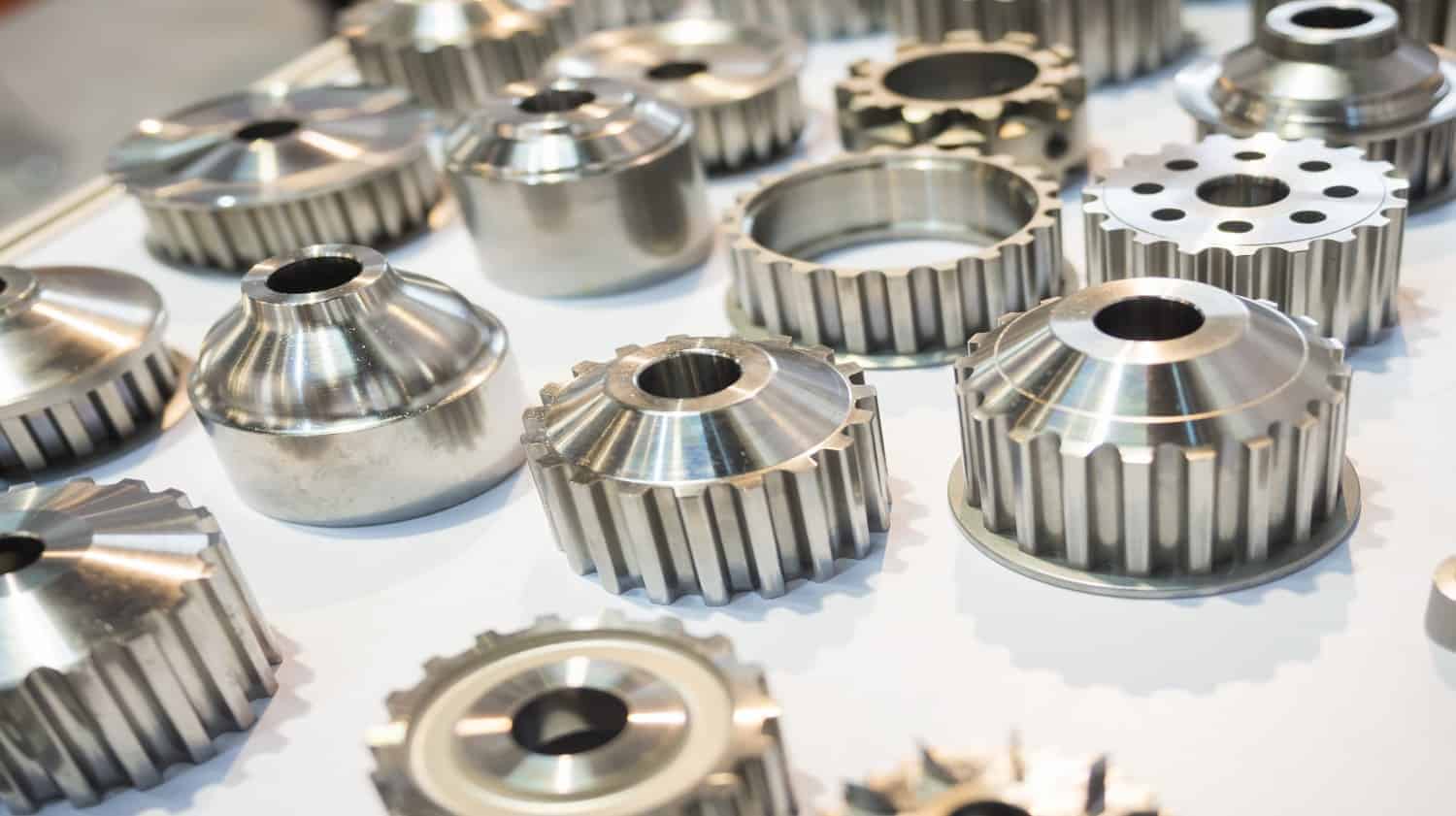


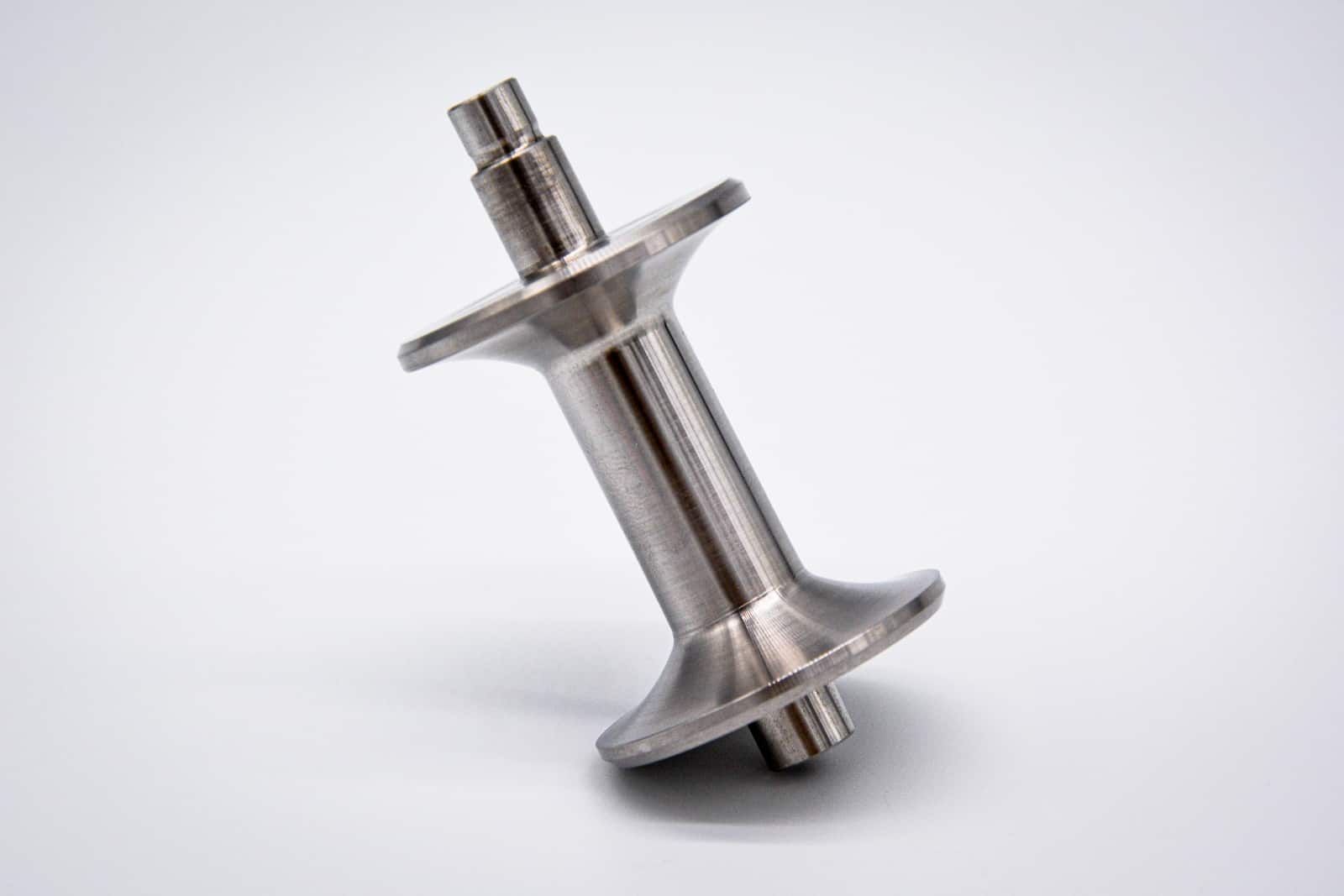


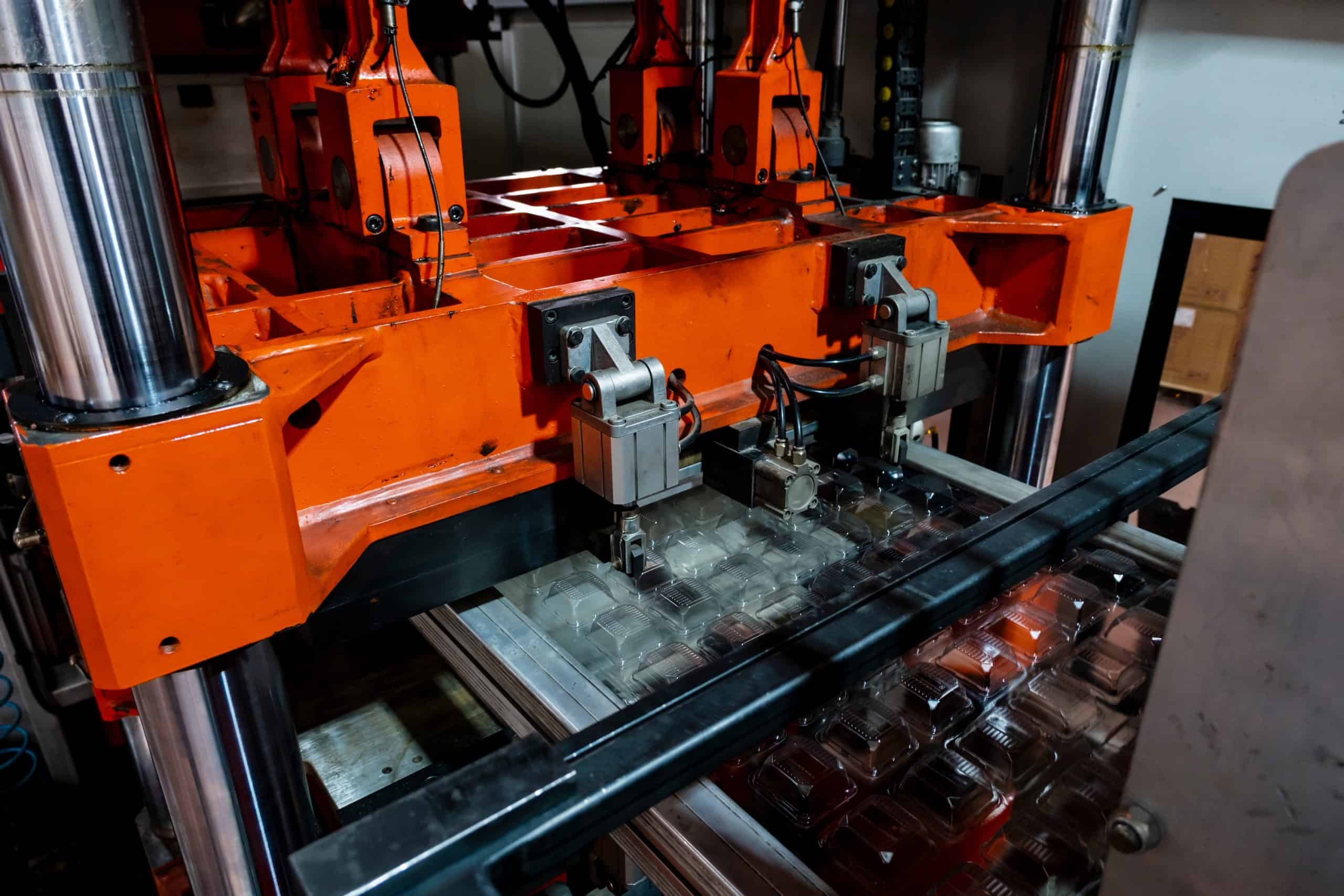
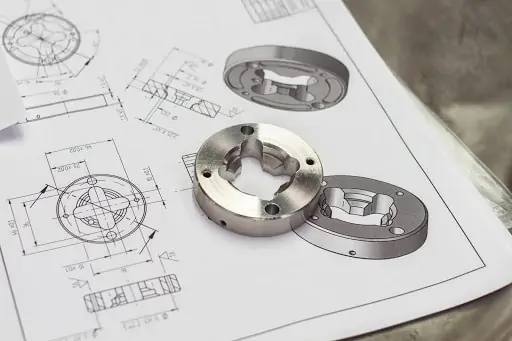


Comment(0)